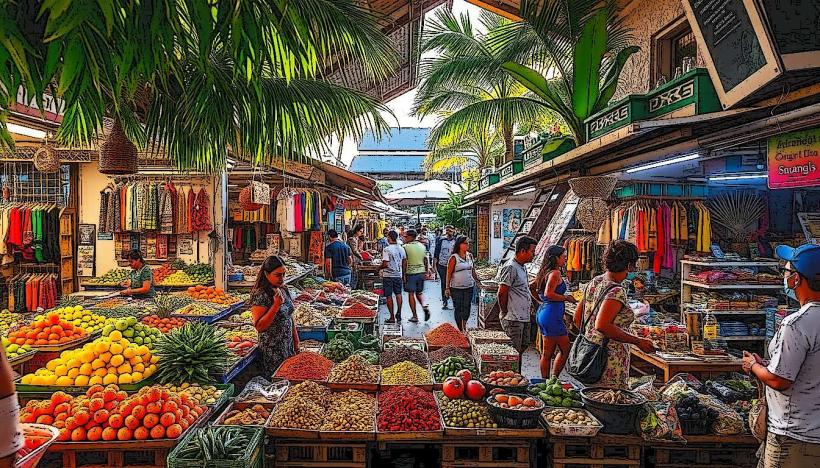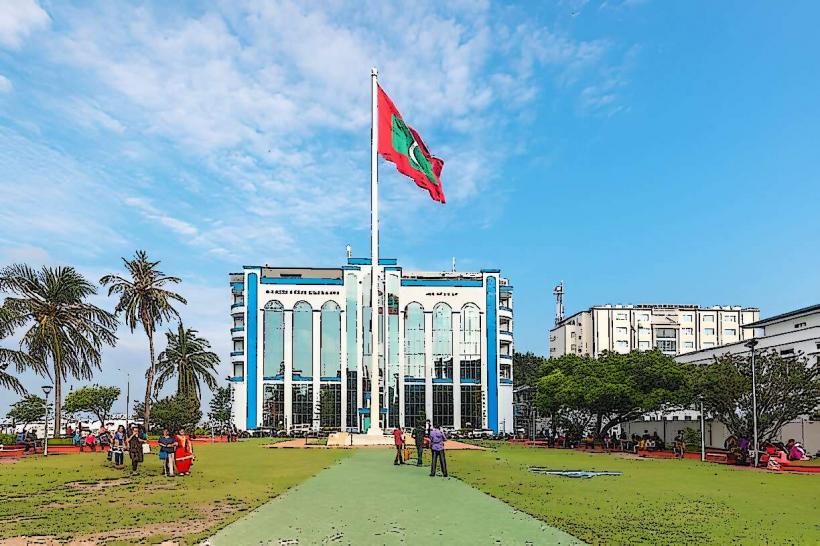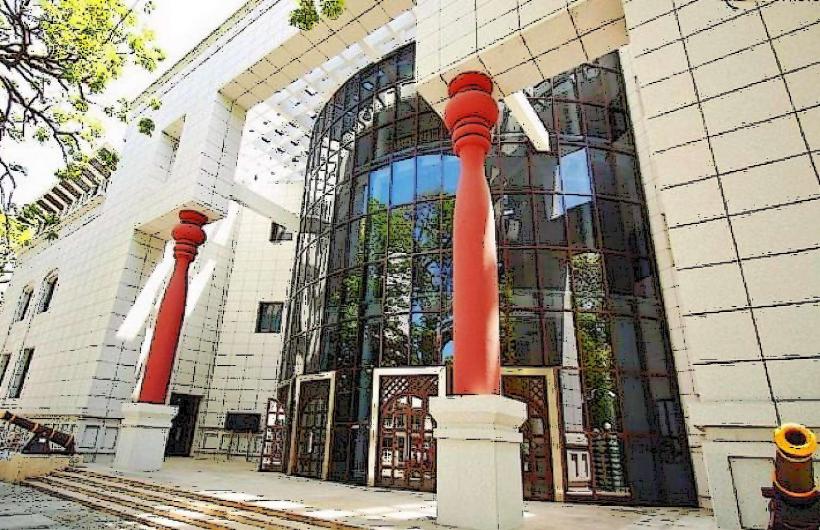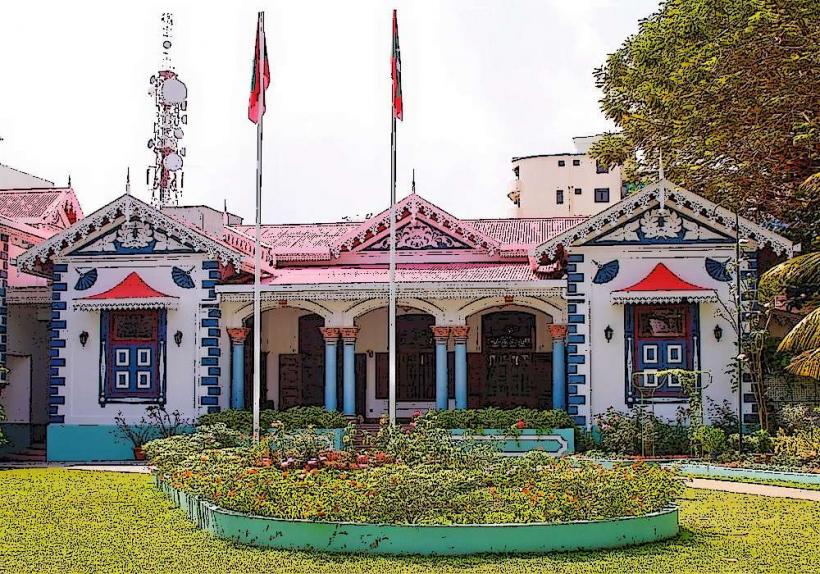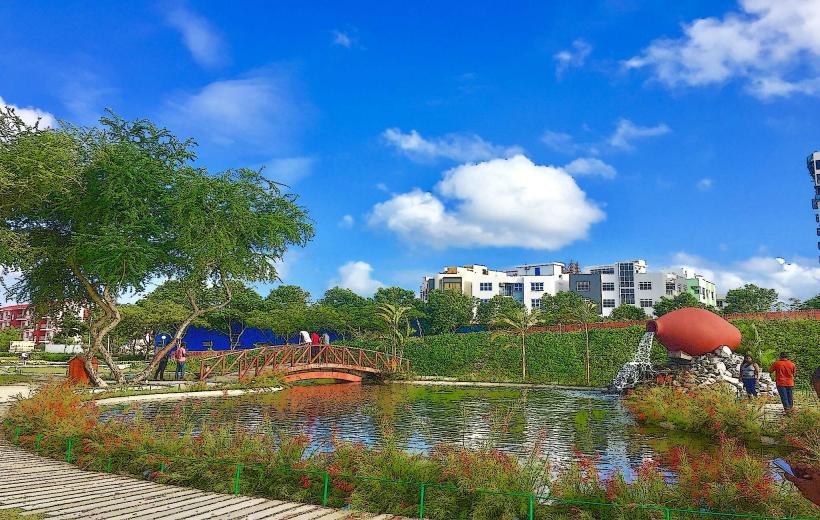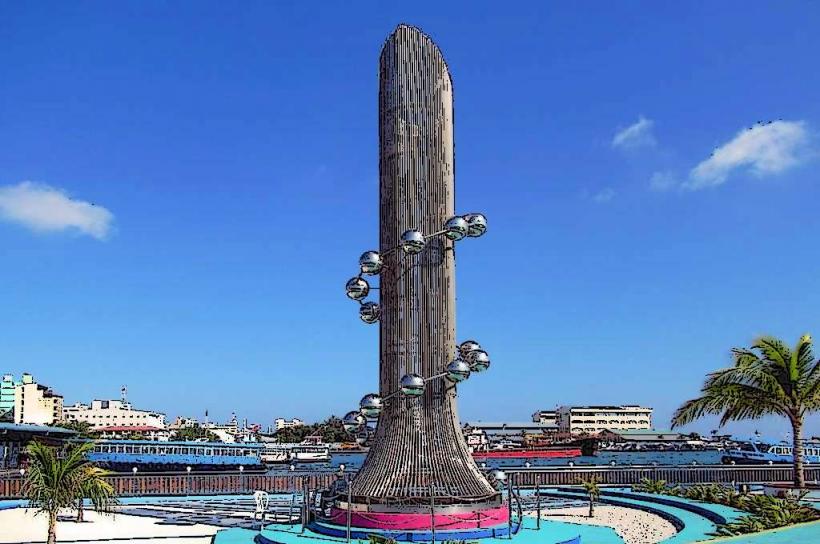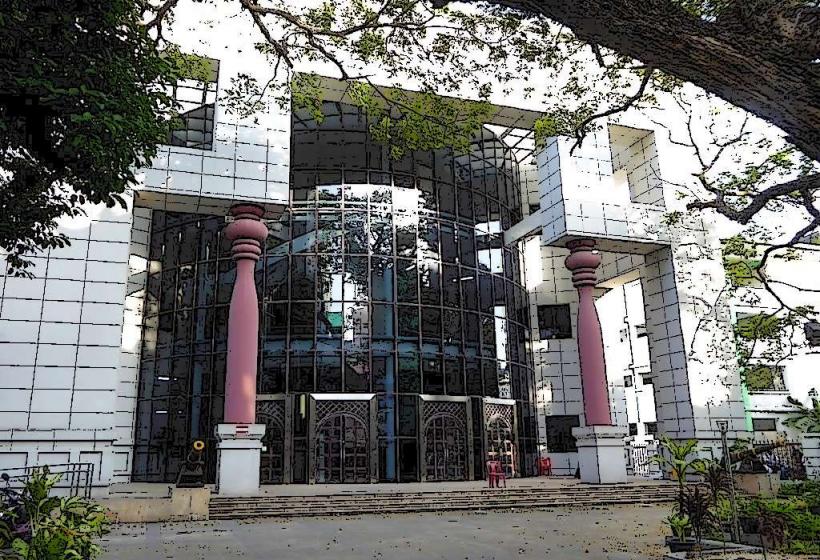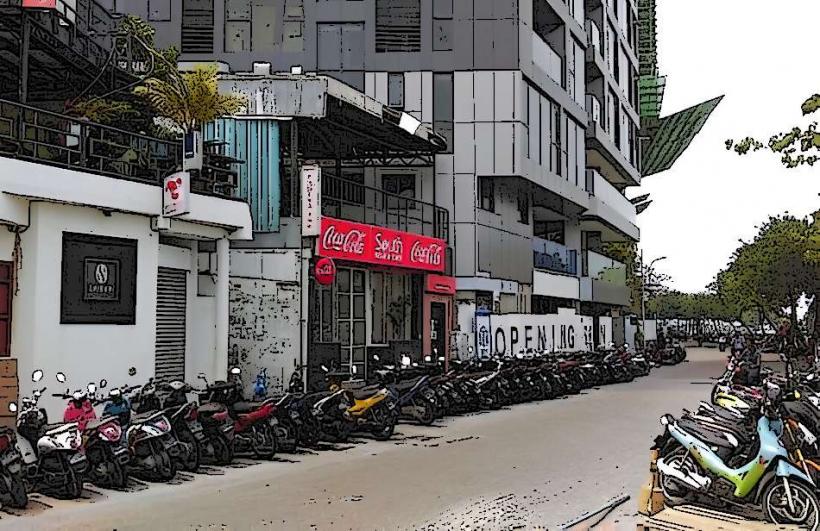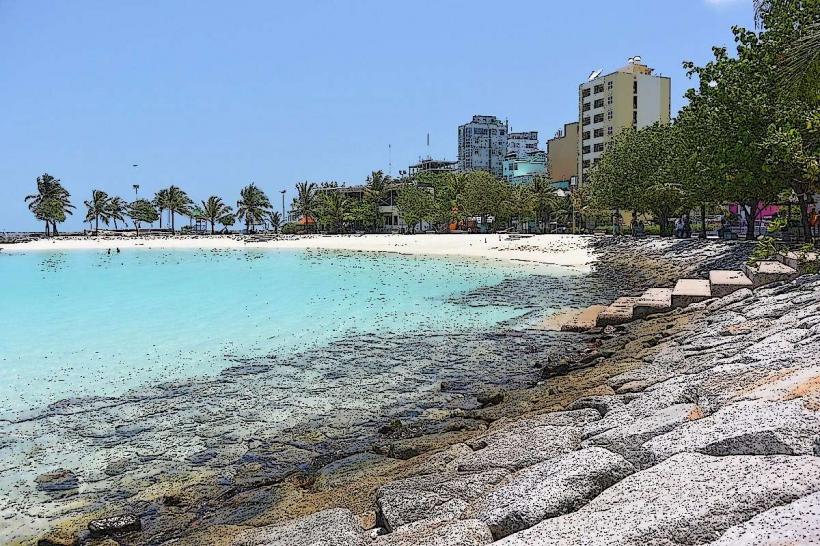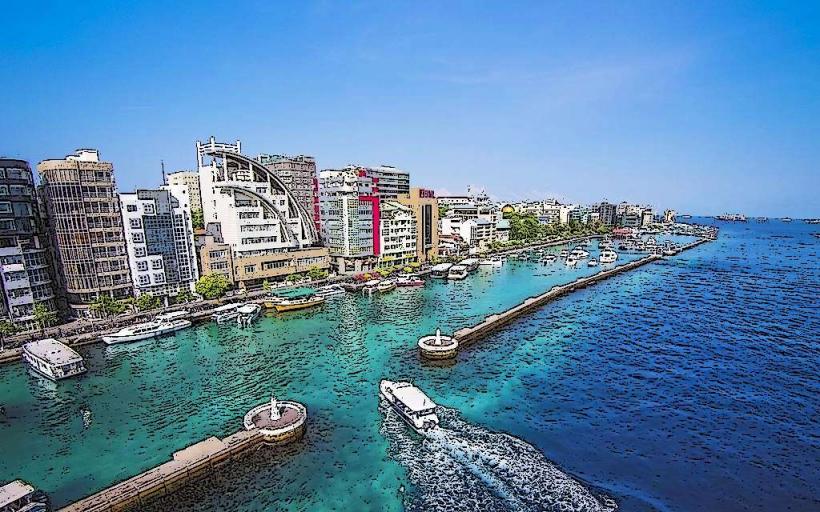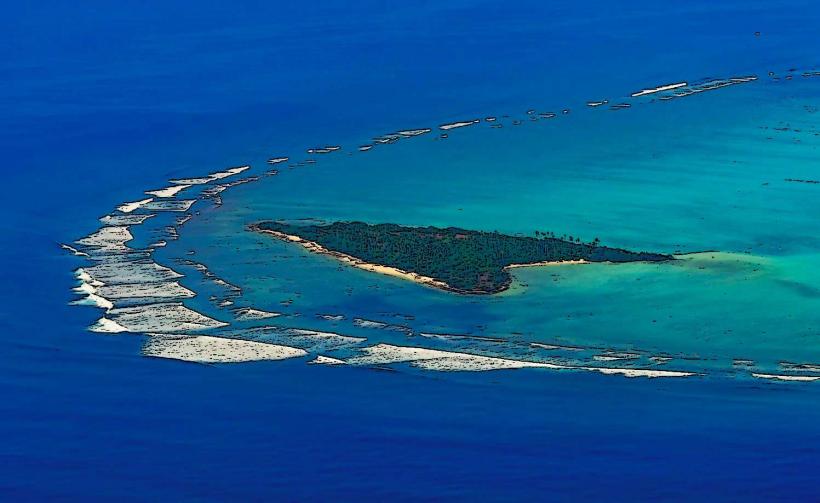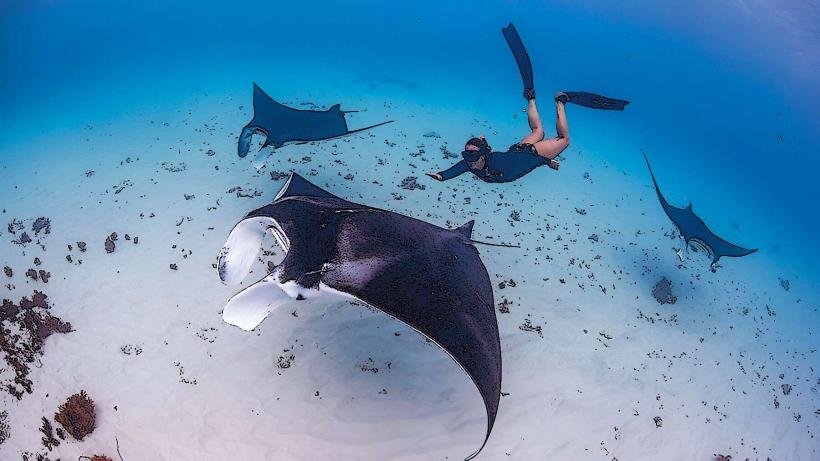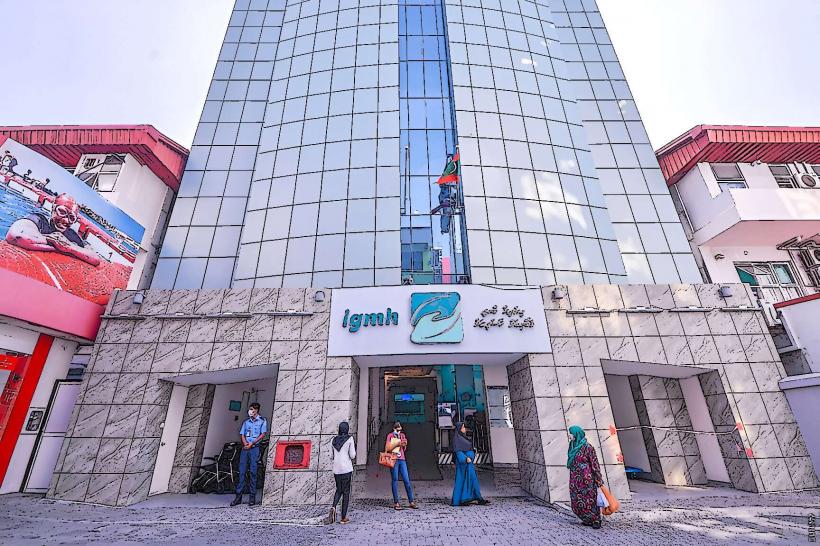Information
Landmark: Malé Fish MarketCity: Male
Country: Maldives
Continent: Asia
The Malé Fish Market is one of the most vibrant and essential markets in the Maldives, especially in the capital city of Malé. It's a bustling hub where locals and tourists alike can experience the heart of the country's fishing industry and learn more about its maritime culture. Here’s a detailed look at the Malé Fish Market:
1. Location:
- The Malé Fish Market is located along the west coast of Malé, near the Central Harbor. It is centrally positioned in the city, making it easily accessible for both locals and visitors.
- The market is part of a larger area where traditional Maldivian boats, known as dhonis, are docked, and it is right next to the Malé Public Market, which sells a variety of other goods like fruits, vegetables, and local crafts.
2. History and Significance:
- The fish market has a deep cultural and economic significance in the Maldives, as fishing is a major part of the country’s economy and a vital source of livelihood for many of its inhabitants. The Maldives has a long-standing tradition of fishing, particularly tuna fishing, and the market has been a key site for the trade of this vital resource for many years.
- The fish market is a symbol of the Maldives' strong connection to the sea, with fishing being an integral part of the local way of life. The market plays an important role in supplying fresh fish to Malé and the neighboring islands.
3. Types of Fish and Seafood:
- The market is primarily known for its fresh fish, and it offers a wide range of seafood, with tuna being the most prominent catch. The Maldives is famous for its skipjack tuna, which is the most commonly caught species, along with yellowfin tuna, and smaller varieties of fish like mackerel, snapper, and swordfish.
- Other seafood products sold at the market include reef fish, octopus, squid, and shellfish. Seasonal fish varieties may also appear depending on the time of year.
- Dried fish (known as "fihunu mas") is another popular item, which is used in many traditional Maldivian dishes.
4. Market Activities:
- Auctioning and Trading: The fish market is often busy with auction-style trading. Fish are brought in by local fishermen on their dhonis and are auctioned off to local buyers, including wholesalers, restaurants, and individuals. This often happens early in the morning, with fresh catches arriving before dawn.
- The market also serves as a point where fishmongers clean and prepare the fish for sale. Customers can buy freshly cut fish or purchase whole fish directly from the stalls.
- Vibrant Atmosphere: The market is filled with lively banter as vendors and buyers haggle over prices. The sight of workers unloading fish from boats, the sound of chatter, and the smell of the sea add to the unique experience of visiting the Malé Fish Market.
5. Cultural and Social Importance:
- The market is a place where the local fishing community interacts with the rest of the population. For many Maldivians, visiting the market is a routine part of their day-to-day life, and the market reflects the strong ties the islanders have to the sea and the sustainable fishing practices that have been passed down through generations.
- It also serves as a center of local trade, where fresh seafood is sold not only to locals but also to restaurants, hotels, and other businesses in Malé that rely on high-quality fish for their menus.
6. Tourism Experience:
- For tourists, visiting the Malé Fish Market is an opportunity to witness the local culture and the bustling fish trade of the Maldives. It’s a great place to take photographs of the colorful market scene, with the variety of fish, the activity at the stalls, and the dhonis in the harbor.
- The market offers an authentic glimpse into the islanders' lifestyle and serves as an excellent location for tourists to interact with local fishermen and learn about the country’s fishing techniques and traditions.
7. Operating Hours:
- The Malé Fish Market operates early in the morning to accommodate the fresh fish brought in by the fishermen. It opens as early as 5:00 AM, with the peak hours typically between 6:00 AM to 9:00 AM. However, some fishmongers may stay open throughout the day, especially in the busy afternoons.
- It’s best to visit the market early to see the freshest catches and to experience the full vibrancy of the market.
8. Sustainability and Fishing Practices:
- The Maldives relies heavily on sustainable fishing practices to maintain its marine ecosystem. Many of the fish sold at the market are caught using traditional, environmentally friendly methods, including handline fishing, which is a method that minimizes bycatch and damage to coral reefs.
- The country has been increasingly involved in initiatives to protect its marine resources and promote sustainable fishing practices to ensure the long-term health of the oceans and the fishing industry.
9. Local Cuisine:
- The Malé Fish Market is closely connected to the local culinary scene. Fresh fish from the market is used to prepare some of the Maldives’ most iconic dishes, such as mas huni (a traditional Maldivian breakfast dish made with tuna, coconut, and vegetables), garudhiya (a fish soup served with rice), and mas roshi (a type of Maldivian flatbread filled with tuna).
- Many restaurants in the capital city source their fish directly from the market, ensuring that the seafood served is fresh and of high quality.
10. Conclusion:
The Malé Fish Market is not just a place for buying seafood; it is a lively reflection of the Maldives' fishing heritage and plays a vital role in the daily lives of the Maldivian people. Whether you’re looking to purchase fresh fish, experience local culture, or simply enjoy the vibrant atmosphere, the market is an essential stop when visiting the capital. It offers an authentic experience of Maldivian life, where the sea meets the market, and the country’s rich maritime history is on full display.



